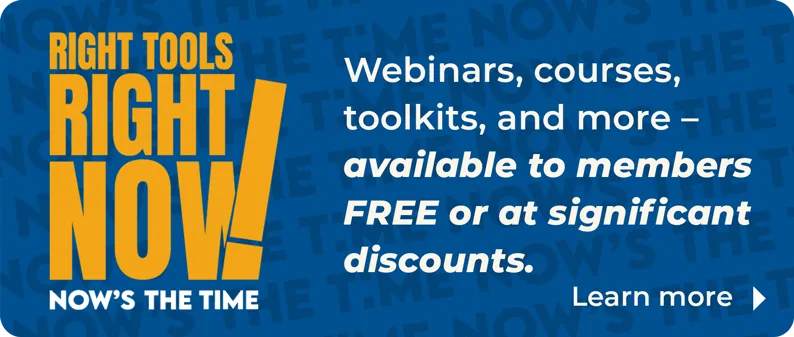The Census Bureau of the Department of Commerce estimates seasonally adjusted U.S. retail e-commerce sales increased 39% year-over-year in Q1 2021 as consumers received economic impact payments, multiple vaccines came onto the market with increasing distribution, the rate of COVID-19 cases declined, and pandemic-related restrictions eased. With increasing consumer confidence and more money in their pockets, consumers spent more as Q1 2021 total retail sales and e-commerce spending outpaced that of the same period last year.

Total U.S. retail sales were estimated at $1,581.4 billion in Q1 2021, up 7.8% from Q4 2020 and up 16.8% on a year-over-year basis. Q1 2021's 7.8% quarter-over-quarter increase is the second largest for any quarter, behind Q2 2020's historic 12.1% change, as the global pandemic caused a significant increase in e-commerce demand as retailers widespread were forced to cease store operations in an effort to mitigate the spread of the coronavirus.
Q1 2020's total retail sales as a percent change from the prior quarter is significantly higher than Q1 2020's —1.2%. Q1 2021's percent change is notably higher than even pre-pandemic numbers.

On a year-over-year basis, total retail sales' 16.8% change is the highest ever recorded for any quarter. Q1 2021's historic increase is more than eight times the 2.0% growth rate recorded in the first quarter of last year and more than double what was recorded in Q2, Q3, and Q4 of 2020. To put it into perspective, Q1 2021's growth from the same quarter a year ago is more than the growth realized in every quarter in 2020 combined, although there was a dramatic decrease of -3.6% in Q2 2020.

E-commerce growth across the first three months of 2021, 39.1%, is the almost three times the amount of growth recorded in Q1 2020, 14.0%, which caught only a couple of weeks' worth of retail spending once the national emergency was declared. As a result of consumers staying in and retailers being forced to close dependent upon if they were deemed an essential or non-essential business, e-commerce significantly ticked upward to a historical 43.8% year-over-year increase in Q2 2020. Q1 2021's 39.1% growth rate is the second highest pandemic period increase, only behind the Q2 2020 peak.
It is also the fourth-highest recorded rate ever and the second-highest rate for any Q1, only behind the 42.9% recorded in Q1 2001.

E-commerce retail sales totaled $215.0 billion in Q1 2021 as they captured 13.6% of total retail sales. E-commerce's portion of total retail sales saw a significant uptick towards 15.7% in Q2 2020, as consumers continued to get more comfortable with and acclimated to purchasing online and as retailers tweaked e-commerce operations in an effort to provide consumers with the goods they seek in a more quick and efficient manner. The pandemic has only accelerated those trends that were taking place. But, every quarter after Q2 2020 has seen a decrease with current e-commerce as a percent of total retail sales plateauing at 13.6% for the past two quarters.
As the pandemic significantly impacted discretionary retail such as dining out, entertainment and traveling with the implementation of pandemic-related restrictions, consumer spending shifted to more goods than services. Considering governments' loosening of pandemic restrictions, increasing vaccines, stimulus checks, and sharply increasing consumer sentiment towards current business, labor market conditions, and economic outlook, consumer spending habits may shift back to pre-pandemic trends where Q2 e-commerce sales data may illustrate a different, but familiar retail environment.








